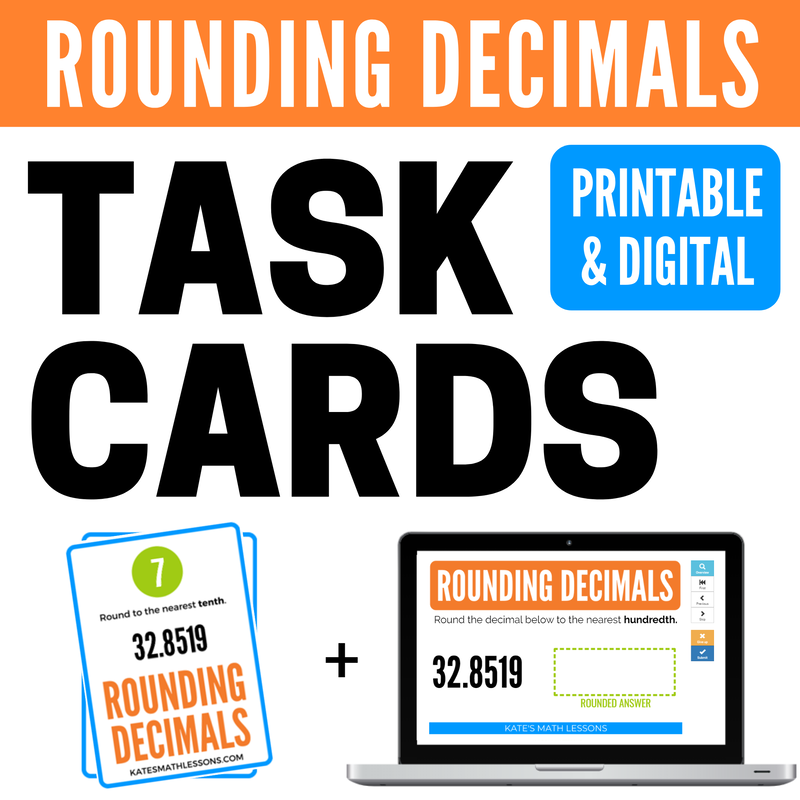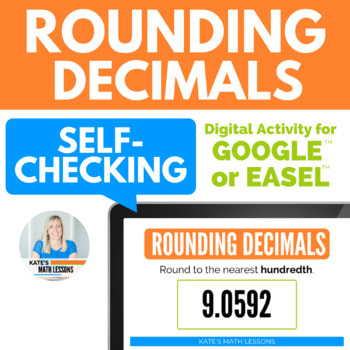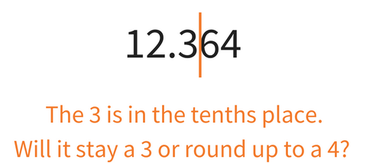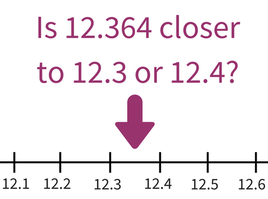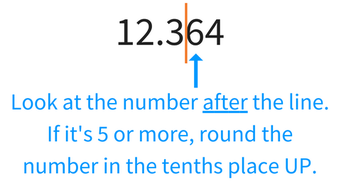|
Rounding Decimals Page 1 of 2 Accompanying Resources: FREE Task Cards & Boom Cards, Google Forms Activity, Speed Dating Group Activity, Google Sheets Activity
|
|
Do you learn better by watching a video? Check out the short video below to see examples of rounding decimals to the nearest tenth.
